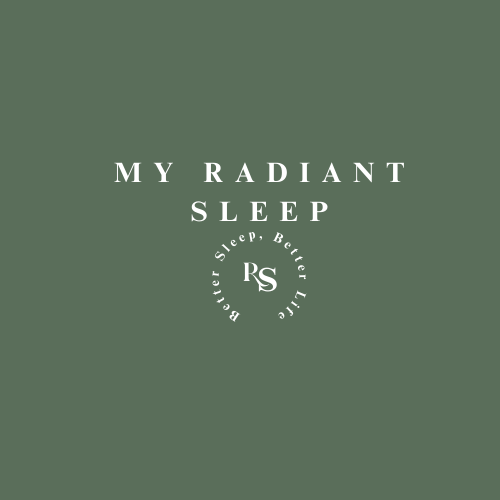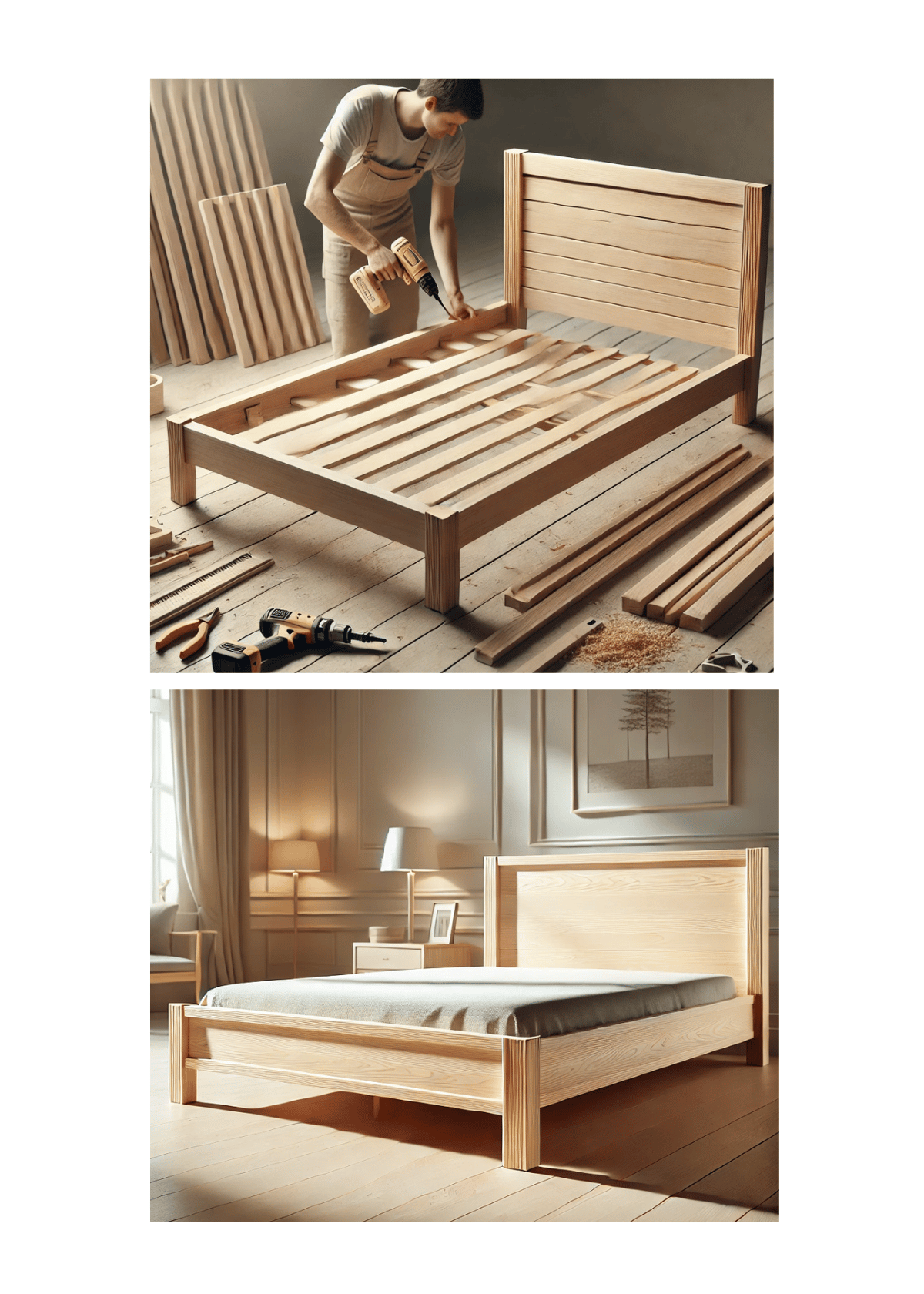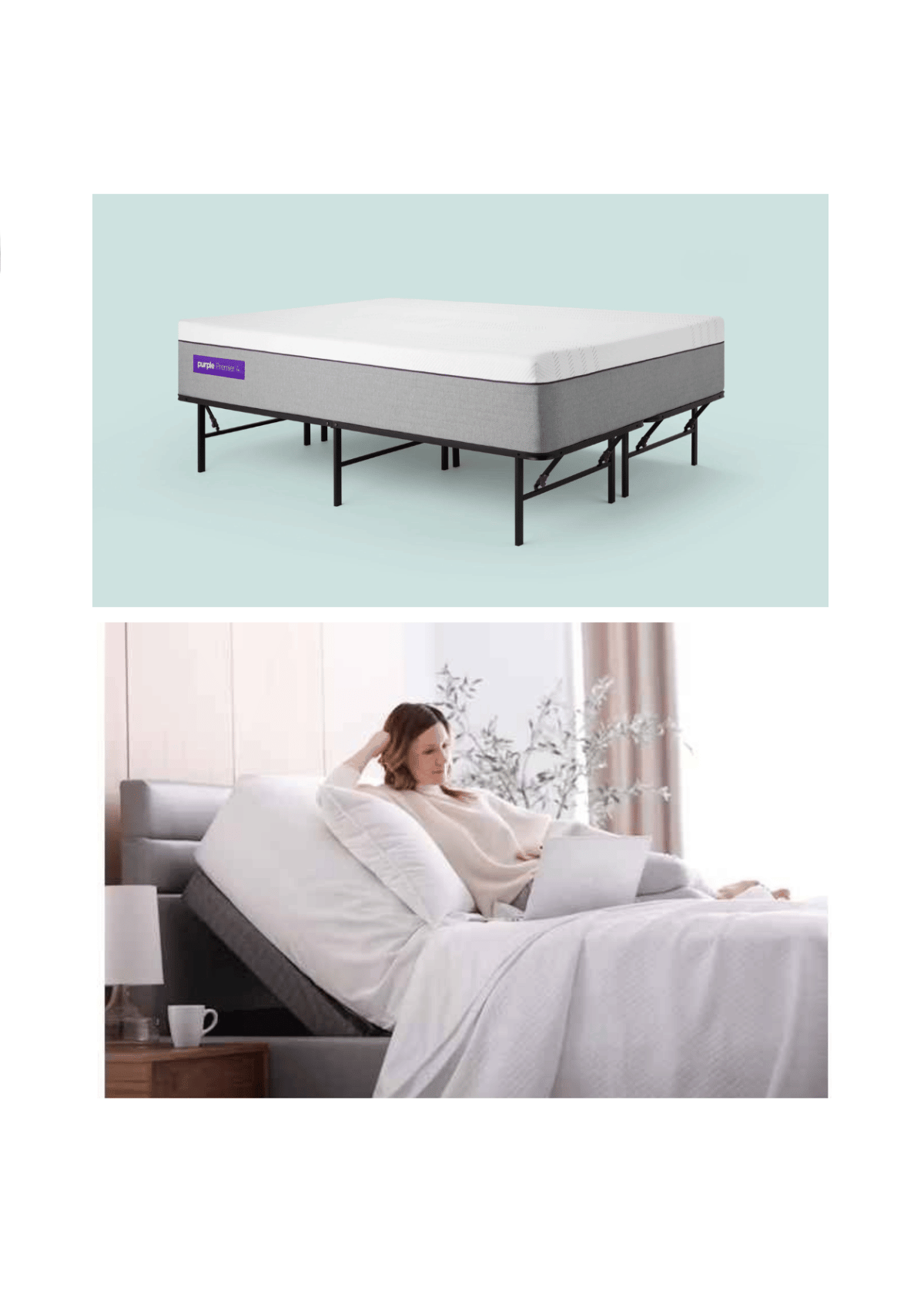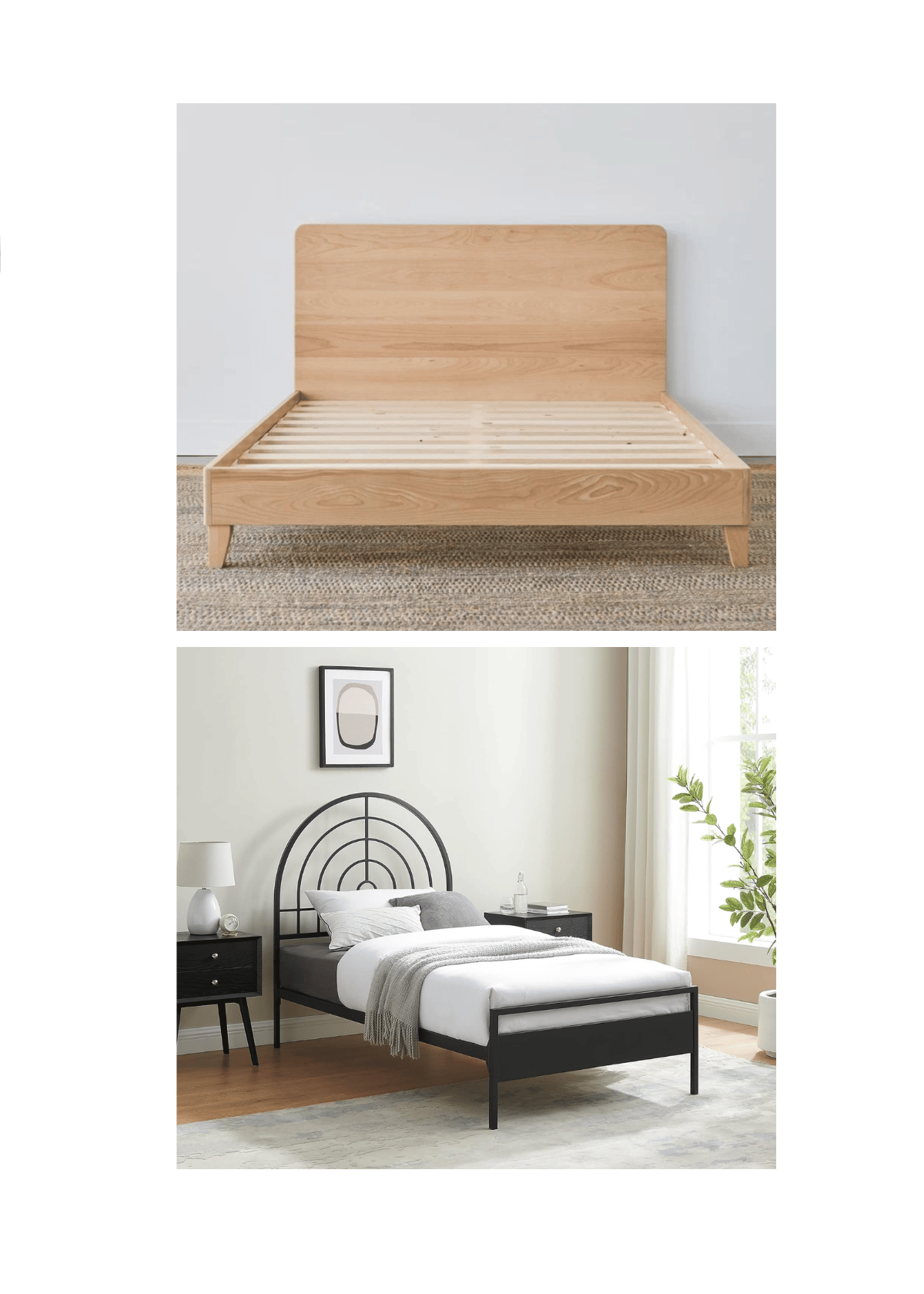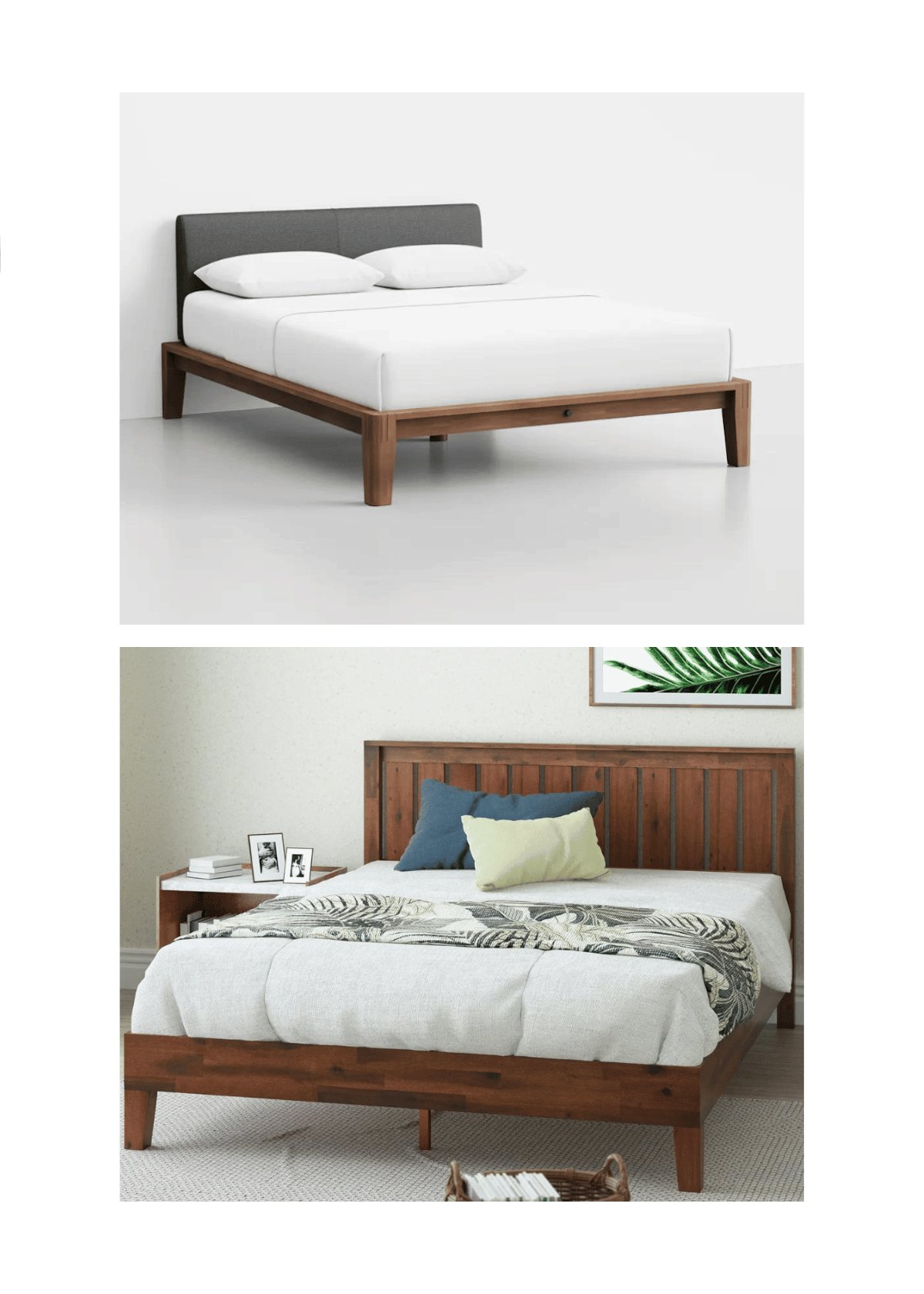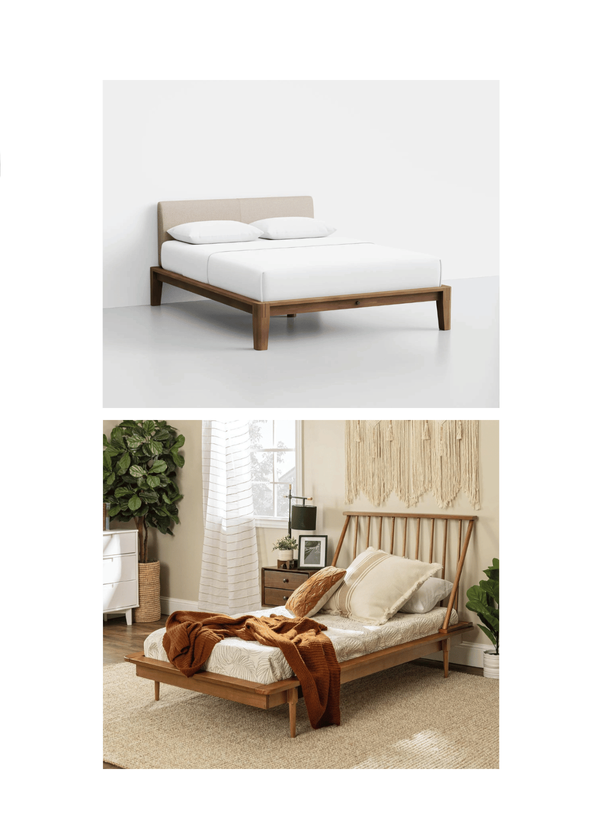(Last Update: 10/18/2024)
Are you wondering what the right mattress firmness is for optimal comfort?
I know that finding the perfect balance can be challenging. The firmness of your mattress greatly influences your sleep quality, health, and overall well-being.
In this guide, we'll explore how to determine the best level of firmness tailored to your unique needs, whether you prefer a softer or firmer feel.
Let's discover the mattress that will transform your sleep experience and improve your life.
The History of Box Springs
The box spring was initially conceived in the 19th century when mattresses were filled with straw or horse hair.
This unevenness led to the development of the box spring—a bed frame filled with evenly spaced steel coils designed to provide uniform support.
The box spring remained a staple throughout the 20th century as mattresses evolved into more sophisticated and comfortable designs.
Its construction is adapted to support heavier mattresses and accommodate different bed sizes.
The traditional box spring has recently been challenged by memory foam beds and innovative frames and foundations, which offer alternatives that enhance comfort and support
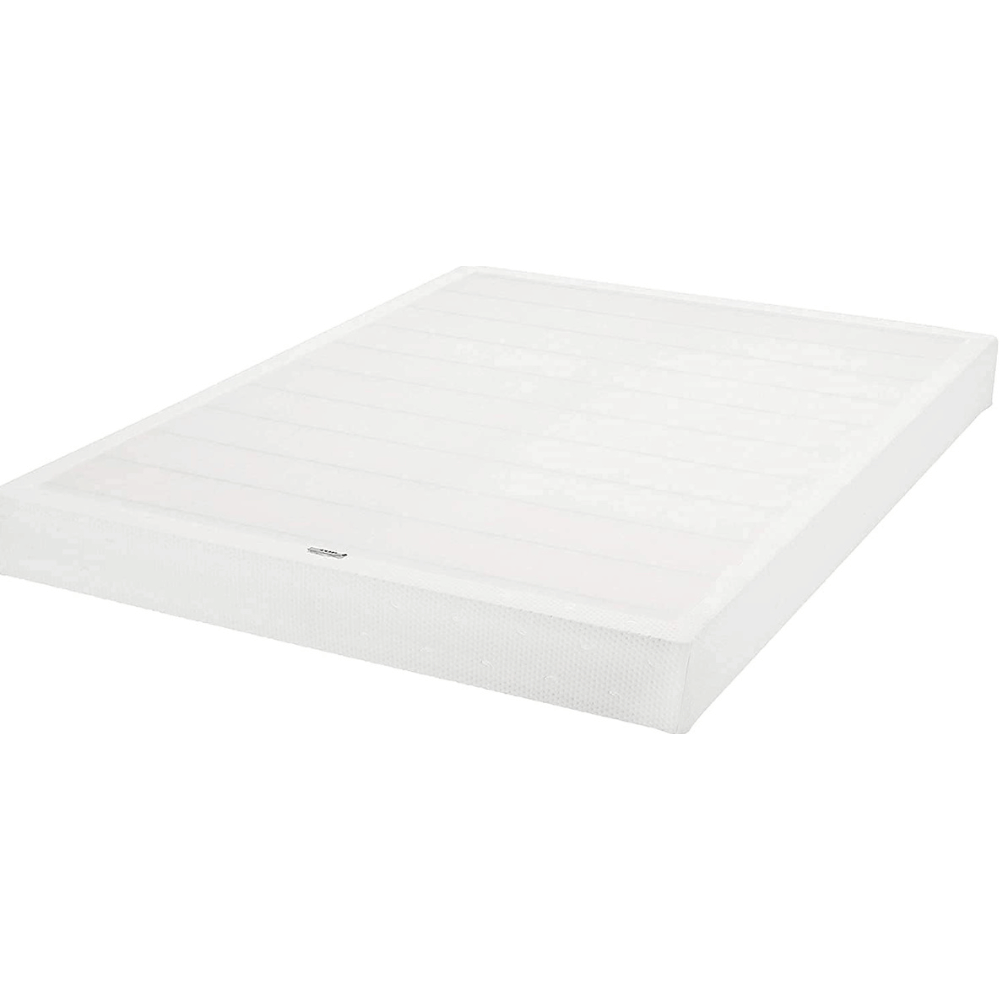
Understanding Box Springs: The Anatomy
A box spring is more than just a simple box; it's a meticulously constructed supportive foundation designed to provide optimal support for the solid surface of your mattress. So, let's dive into the key components:
The Frame:
The frame forms an extra layer around the box's skeleton. However, a metal bed frame has recently become common due to its durability and resistance to wear and tear.
The Springs: The heart of any spring is its springs or coils. Like in some beds, steel coils inside these box springs and foundations are evenly spaced throughout the platform bed frame's interior. Their primary function is to help with shock absorbers, even weight distribution, and maintain the shape and integrity of the mattress above.
The Cover:
A protective, breathable fabric encases the bed frame, support box springs, and foundations.
This cover is usually made of heavy-duty material that prevents dust and debris from penetrating the spring's interior. It also gives the firmer support box spring a neat and finished appearance.

The Role of a Box Spring
Supporting the Mattress:
The primary function of a box spring is to provide a solid and flat foundation for the mattress.
The springs or coils within absorb and distribute the weight of the mattress and sleepers evenly, reducing wear and tear and helping maintain the mattress's shape and integrity.
Increasing the Lifespan of Your Mattress:
A box with actual springs can help extend the lifespan of a mattress by mitigating stress and strain on it to help with pressure points.
It absorbs shock and reduces sagging, maintaining the structure and comfort level of the mattress for a longer period. Please make sure the check the mattress warranties are not void.
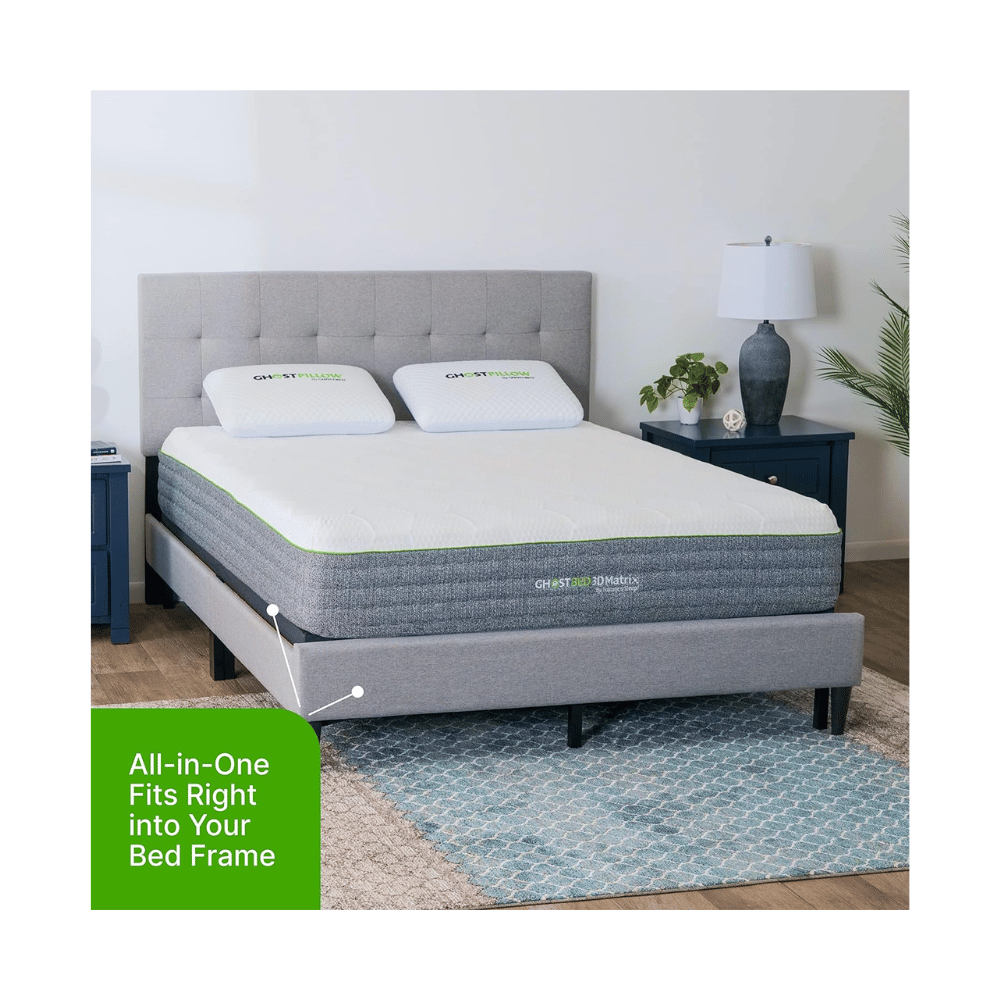
Types of Box Springs
Standard Box Spring in Innerspring Mattresses:
A standard box spring typically measures around 9 inches in height. It's designed to offer plenty of support and elevate a mattress significantly off the ground. This is a good choice if you have a traditional innerspring mattress and a high bed frame.
Split Box Spring:
A split box spring comes in two halves. This type is perfect for those who need to move their traditional box springs through tight spaces, like narrow staircases or doorways.
They also benefit from larger beds with the same support and height but ht but with easier maneuverability.
Box Spring Alternatives
Box Springs vs. Platform Bed:
Platform beds are bunk beds with a low-profile frame that provides a sturdy foundation for all beds.
Typically made of wood or metal, the platform bed frame is either solid or includes wooden slats spaced close together for optimal support. Because of their design, platform beds do not require a box spring.
Box Spring vs. Low-Profile Box Spring:
A Standard spring offers robust support and elevates your new mattress significantly, ideal for traditional bed setups and thinner beds.
Low-profile springs, while providing the same support, are less tall, perfect for most modern mattresses or for those who prefer a lower bed height.
A Bed with Box Spring vs. metal frame
Box springs and foundations offer a traditional foundation with a bounce.
Metal bed frames like Zinus SmartBase, made of reinforced steel, provide robust support, ideal for foam mattresses and hybrid beds.
The Purple frame reviews praise their firm support and easy assembly, complementing the Zinus Smart Base's high ratings for durability and convenience.
Box Spring vs. Foundation: What's the Difference?
Box Spring vs. Foundation: Although springs and foundations are interchangeably compatible, they are different. There are key differences between springs and foundations, spring vs. foundation here.
Some people call them boxsprings, and some call them foundations. Why is it? A boxspring and a base are one thing in this modern world.
Box springs were initially designed to contain real springs inside the wooden frame.
Box Springs vs. Adjustable Beds:
Springs provide sturdy, static support and add height to mattresses.
On the other hand, an adjustable base offers dynamic support that can alter your bed's position.
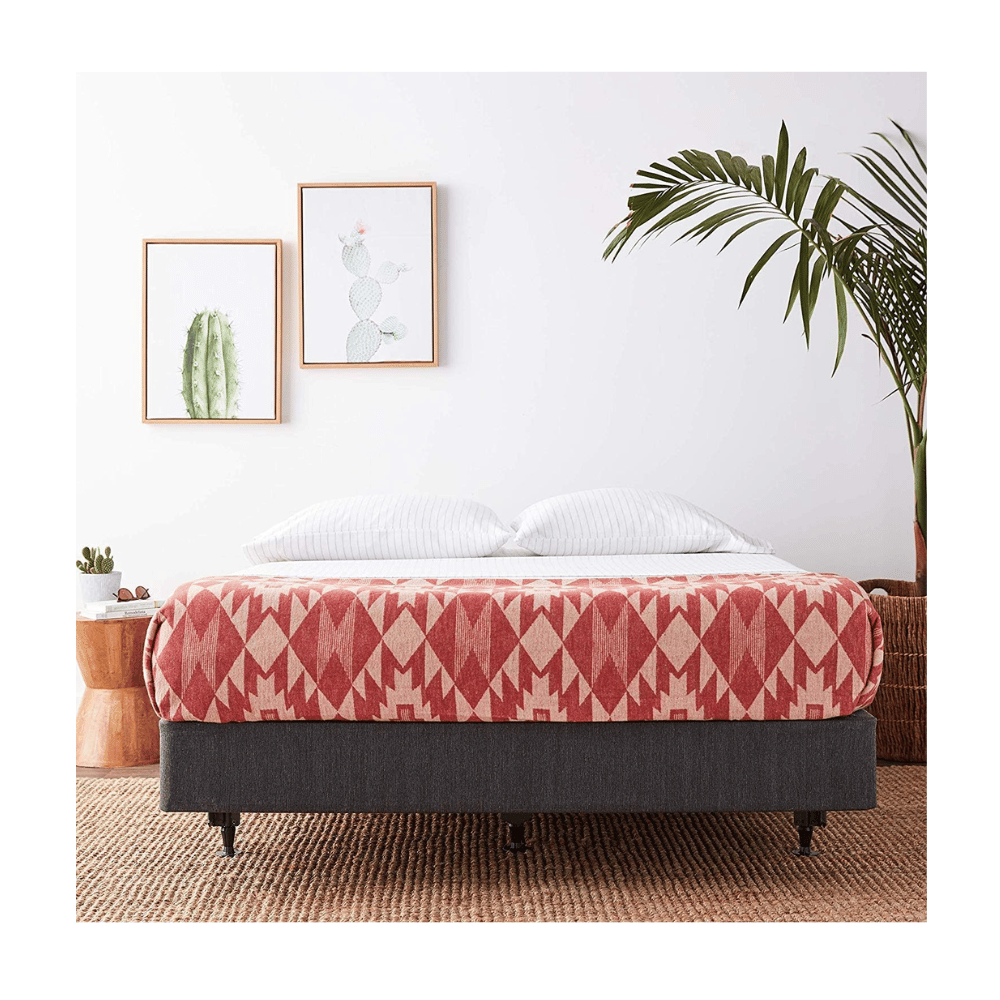
Do You Need a Box Spring?
Consider Your Mattress Type: Not all beds need a box spring. Foam, latex, and hybrid mattresses typically require a solid foundation for support and perform better on a platform bed or a slatted mattress foundation. Please check your mattress warranty.
However, traditional innerspring mattresses often have rigid support and benefit from a box spring's extra bounce and shock absorption.
Your Bed Frame: Certain bed frames, like platform beds, already provide adequate support for your mattress and don't require a box spring or foundation part.
Conversely, more traditional bed frames may need a box spring or foundation part to ensure the queen mattress has proper support.
Some mattresses, such as Sealy mattresses, do need a box spring. However, Sealy recommends using a solid, flat surface, such as a foundation or power base, to support your mattress. This will help extend your mattress's lifespan and provide you with the best possible sleep experience.
If you choose to use a box spring with your Sealy mattress, please make sure it is in good condition and the correct size for your mattress. A box spring that is too small or too large can damage your mattress and void your warranty.
Here are some tips for choosing a box spring for your Sealy mattress:
- Make sure the box spring is the same size as your mattress.
- Choose a box spring that is made from high-quality materials.
- Avoid box springs that are too old or damaged.
- If you have a heavy mattress, choose a box spring designed to support extra weight.
Equally, Saatva mattresses need a box spring. Saatva mattresses are designed to work with various bed frames.
However, Saatva does recommend using a solid, flat surface to support your mattress. This could be a box spring, a foundation, or a platform bed. Using a solid foundation will help extend your mattress's lifespan and provide you with the best possible sleep experience.
Memory foam mattress impacts the choice of a box spring.
A foam bed can impact the choice of a box spring. Memory foam mattresses are heavier and more conforming than traditional mattresses, so they require a box spring that can provide adequate support. A box spring with too far apart slats can cause a foam mattress to sag.
However, not all memory foam mattresses require a box spring. Some are designed for a platform bed or solid foundation. If you are still determining whether your memory foam bed needs a box spring, it is best to consult the manufacturer.
Here are some things to consider when choosing a box spring for a foam mattress:
- Weight: Make sure that the box spring is designed to support the weight of your memory foam bed.
- Slat spacing: Choose a box spring with slats that are close together to prevent the mattress from sagging.
- Height: Choose a box spring that is the same height as your mattress or slightly lower.
If you are still determining which box spring is right for your memory foam bed, it is always best to consult a mattress expert.
Pros and Cons of Box Springs
Pros:
Support and Durability:
Springs provide excellent support most mattresses require, distributing weight evenly across the mattress. In addition, this same support system helps prolong the life of supporting mattresses and the mattress by preventing sagging and indentations.
Added Height:
By lifting the mattress off the mattress directly to the ground, the mattress foundation a box makes getting in and out of bed easier, especially for those with mobility issues. It also provides extra space under the bed for storage.
Shock Absorption: The springs inside the adjustable bed base of a box absorb shock and reduce wear on the mattress.
Cons:
Cost: Buying a box spring adds expense when purchasing a new bed. However, the cost can be justified by the potential for extending the lifespan of your mattress.
Not Suitable for All Beds: Some modern mattress types, like memory foam or latex, require a solid base rather than a springy one. Using a box spring with these newer memory foam or beds can damage them or cause discomfort.
The Impact of Mattress with a box spring on sleep quality and overall health
A mattress with a box spring can impact sleep quality and overall health in several ways.
- Support: A box spring provides additional support for your mattress, which can help to keep your spine aligned and prevent back pain.
- Comfort: A box spring can also comfort your mattress.
- Ventilation: A box spring can improve air circulation around your mattress, helping keep you cool and comfortable while you sleep.
- Durability: A box spring can also help extend your mattress's lifespan by protecting it from wear and tear.
Overall, a mattress with a box spring can help you get a better night's sleep.
How to Choose the Right Box Spring
Size and Fit: Ensure the box spring is the same size as your bed frame and mattress size. Misalignment can lead to discomfort and damage to your bed base and mattress.
Quality and Construction: Look for a full mattress warranty, a sturdy frame, resilient springs, and a breathable fabric cover. A poorly constructed box may sag over time.
Price and Budget: Consider your budget. While a good box bed can extend the life of your mattress types, it doesn't have to break the bank. Balance the cost with the quality and benefits it offers.
Please look at the mattress's firmness when choosing a box spring. Box springs are designed to provide additional support for your mattress, and the firmness of the box spring can affect the overall feel of your bed.
If you have a soft mattress, choose a firmer box spring to provide more support and prevent sagging. If you have a firm mattress, choose a softer box spring to add extra comfort.
Here is a general guideline for choosing a box spring based on the firmness of your mattress:
- Soft mattress: Choose a medium to firm box spring.
- Medium mattress: Choose a medium box spring.
- Firm mattress: Choose a soft to medium box spring.
It is also important to consider your personal preferences when choosing a box spring.
Some people prefer a firmer bed, while others prefer a softer bed. If you are still determining what you prefer, it is always best to try out different mattresses and box springs before you buy.
Conclusion and Final Thoughts
In conclusion, finding the right mattress firmness is essential for optimal comfort and sleep quality.
It can be overwhelming, but understanding your unique needs and preferences makes a significant difference.
Whether you need a softer mattress for pressure relief or a firmer one for support, the key is to listen to your body.
Remember, your perfect mattress should enhance your sleep, improve your health, and provide lasting comfort. Invest wisely, and you’ll enjoy restful nights and refreshed mornings.
Frequently Asked Questions
Are you supposed to use a box spring with memory foam mattresses?
The mattress should not provide cushioning for sleeping. A mattress's spring can also affect foam, latex, or both. So, instead, the mattress made of memory foam or latex should be laid on a sturdy foundation with no springs or hinges.
What is the Casper Foundation?
This Casper base was designed to offer sturdy support and excellent bed comfort. It can also be adapted to other beds that use conventional Box Springs and foundations, serves well with sturdy hardwood, and is rigorously tested for durability.
Would you like a boxspring with a bed frame?
Most mattresses do not need box springs but often require separate bed frame support. Typically, you'll need a box spring to complete a simple wooden or metal frame, which may come with wooden or metal slats.
